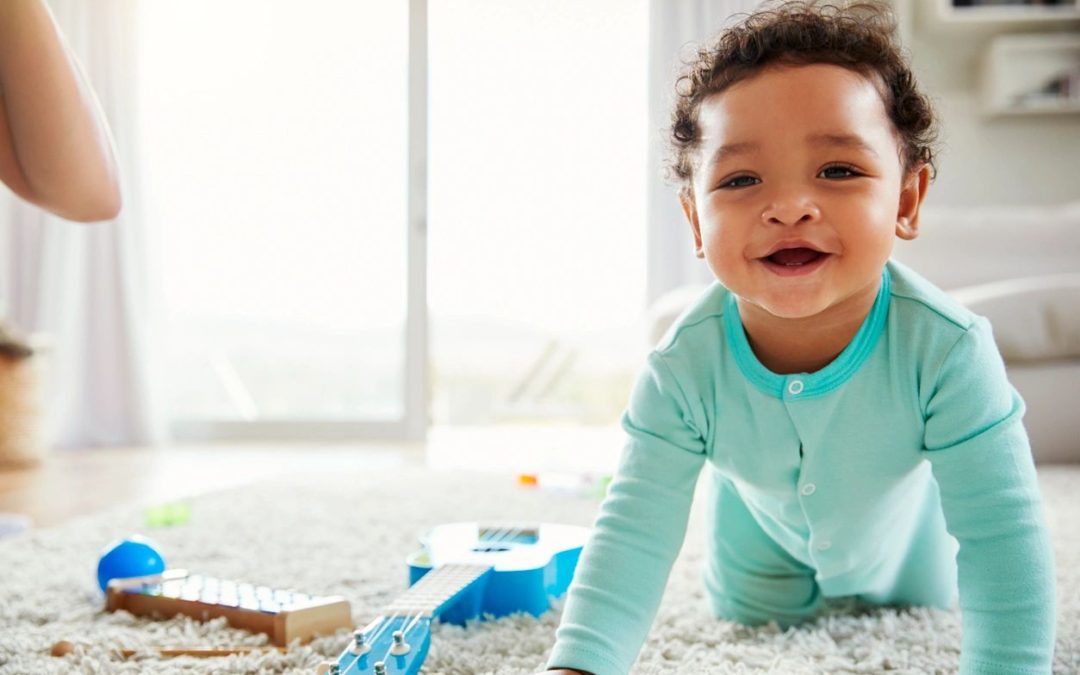Formula is a great choice for when breastfeeding is either not chosen, not successful or not an option. It is also great for supplemental purposes. It is important, though, to know how to properly prepare powdered infant formula. It is more than just following the directions on the can. The World Health Organization (WHO) developed guidelines after it discovered powdered infant formula isn’t sterile. There are risks of serious bacterial infections so knowing how to properly prepare and store formula is essential for any parent, caregiver or newborn care specialist.
Here are some the WHO guidelines taken directly from their website for the safe preparation, storage, and handling of powdered infant formula:
1. Clean and disinfect a surface on which to prepare the feed.
2. Wash hands with soap and water, and dry using a clean cloth or a single-use napkin.
3. Boil a sufficient volume of safe water. If using an automatic kettle, wait until the kettle switches off; otherwise make sure that the water comes to a rolling boil. Note: bottled water is not sterile and must be boiled before use. Microwave ovens should never be used in the preparation of PIF as uneven heating may result in ‘hot spots’ that can scald the infant’s mouth.
4. Taking care to avoid scalds, pour the appropriate amount of boiled water, which has been allowed to cool slightly, but not below 70 °C, into a cleaned and sterilized feeding cup or bottle. The temperature of the water should be checked using a sterile thermometer. a. If making a batch in a larger container: the container should have been cleaned and sterilized. It should be no larger than 1 litre, be made from food-grade material and be suitable for pouring hot liquids.
5. To the water, add the exact amount of formula as instructed on the label. Adding more or less powder than instructed could make infants ill. a. If using feeding bottles: assemble the cleaned and sterilized parts of the bottle according to the manufacturer’s instructions. Shake or swirl gently until the contents are mixed thoroughly, taking care to avoid scalds. b. If using feeding cups: mix thoroughly by stirring with a cleaned and sterilized spoon, taking care to avoid scalds. c. If preparing a batch in a larger container: stir formula using a cleaned and sterilized spoon to ensure even mixing. Immediately pour into individual feeding cups or bottles, taking care to avoid scalds.
6. Cool feeds quickly to feeding temperature by holding under a running tap, or placing in a container of cold water or iced water. Ensure that the level of the cooling water is below the top of the feeding cup or the lid of the bottle.
7. Dry the outside of the feeding cup or bottle with a clean or disposable cloth and label with appropriate information, such as type of formula, infant’s name or ID, time and date prepared, and preparer’s name.
8. Because very hot water has been used to prepare the feed, it is essential that the feeding temperature is checked before feeding in order to avoid scalding the infant’s mouth. If necessary, continue cooling as outlined in step 6 above.
9. Discard any feed that has not been consumed within two hours.
There are more guidelines that you should make sure to read up on and study on the WHO website. Be sure to know and follow them all before feeding an infant formula.


Recent Comments